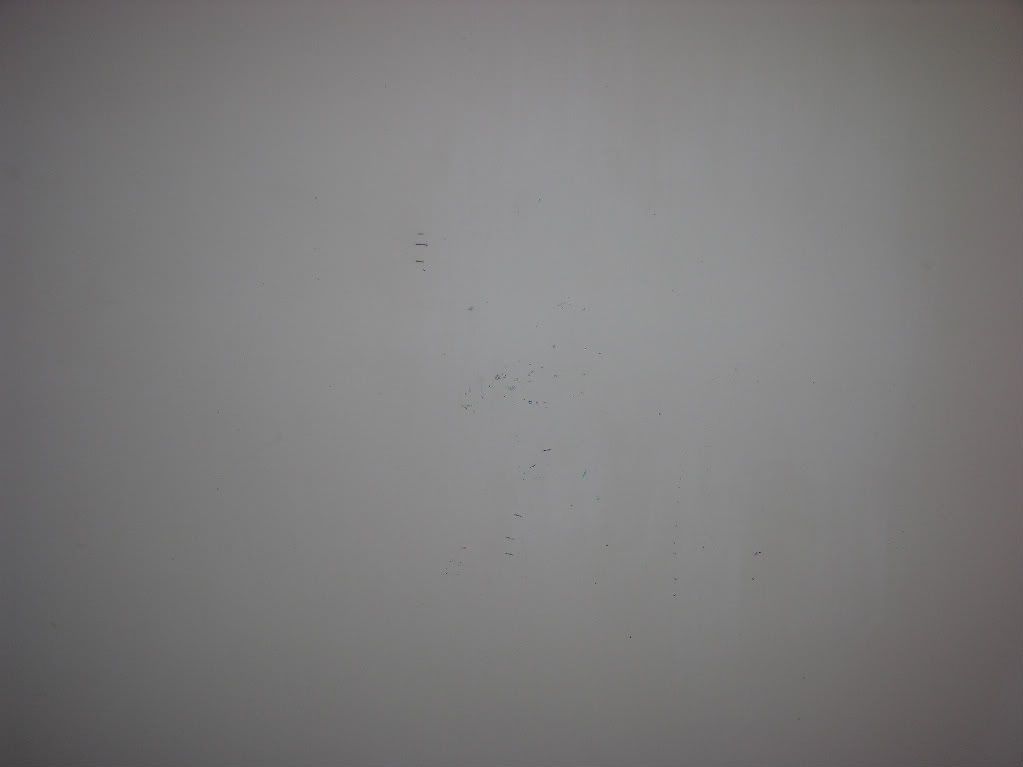flecom
0
- Joined
- Jul 25, 2010
- Messages
- 303
- Points
- 0
these were 5D II's... the 5D does not shoot video...

Follow along with the video below to see how to install our site as a web app on your home screen.
Note: This feature may not be available in some browsers.





That wall needs painting Andy. Just look at all those marks! :crackup:
Aren't display lasers required to be metered 5mW or below when doing crowd scans? Or is that just me dreaming?
Aren't display lasers required to be metered 5mW or below when doing crowd scans? Or is that just me dreaming?
Wow, i'm surprised it's not more closely regulated. I guess so long as nobody actually gets hurt...

